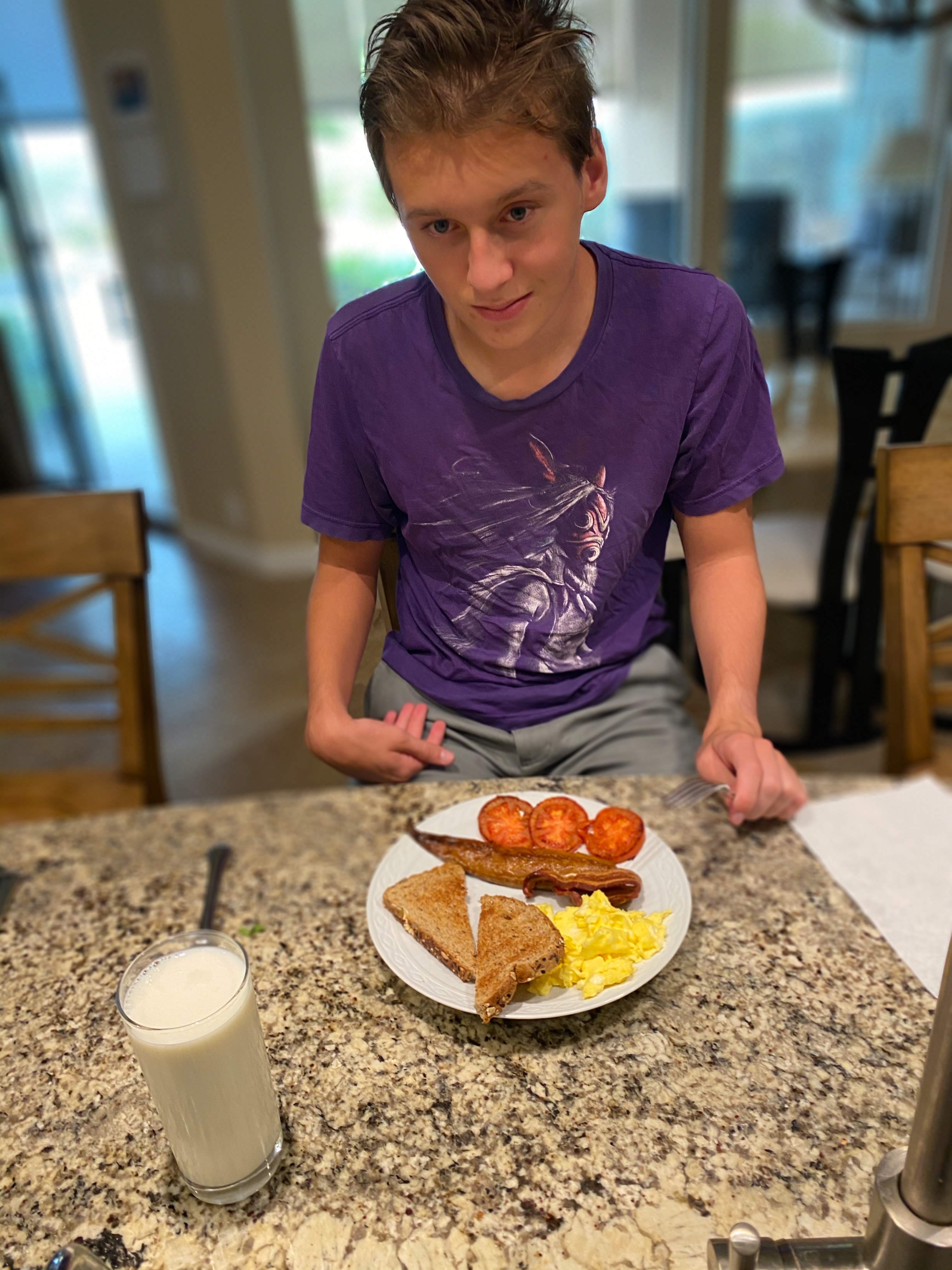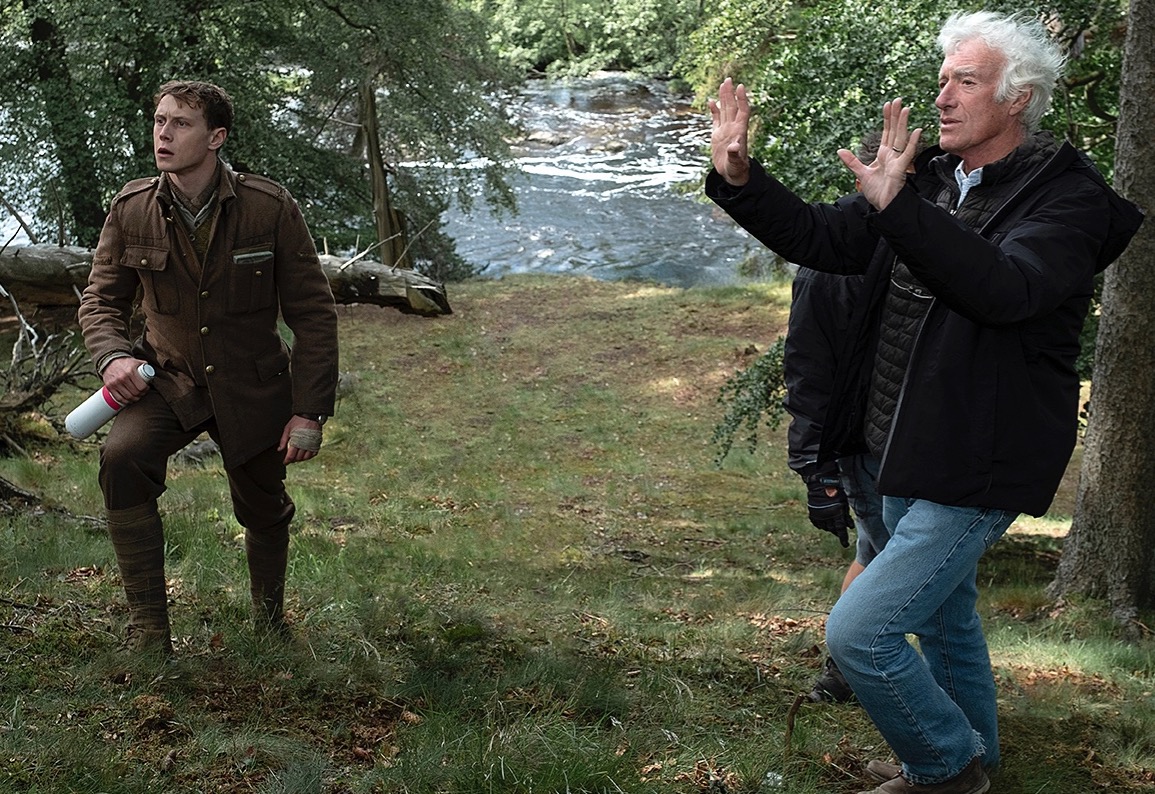For the Man in you.
For an index of cooking articles on this blog click here.
The ‘Full English’ denotes the traditional English breakfast, one described in great historical detail, with regional variations, by Wikipedia.
Now that I have found a reliable source for smoked mackerel kippers (thank you, Whole Foods) I serve my son a Full English monthly, though I do drop the baked beans – there’s only so much a Man can take – and Winston is no coffee drinker.
I have so many pleasant memories of the Full English.
When a young lad – I would have been 14 or so at the time – in London, I got a summer job at the Habit Diamond Tooling Company. Their byline was “Make it a Habit” and they cranked out machine tools with diamond abrasives for industrial use. I was paid some $20 weekly – this was in 1965 – and was further provided with 5 Luncheon Vouchers. The face value was some 40 cents and yes, that got you a Full English at the local ‘caff’ with money left for a tip. And yes, it was absolutely delicious. The job was incredible fun and I learned to operate a pantograph, a lathe, a mill and an industrial grinder. The lessons garnered in working class attitudes were invaluable, and the many posters of buxom, undressed women on the walls of the factory harken back to a time when men were Men and women were in the kitchen. Or naked on posters.
British Railways used to serve a Full English on their sleeper trains from London to Scotland and it was absolutely delicious also, the kippers floating in a sea of butter. This was always preceded by a gentle knock on the door from the cabin attendant who woke you with an offering of tea, inviting you to the dining car. Another great tradition recently discontinued in a cost saving measure by a nation in terminal decline. Sad. A Full English on a train hauled by the Flying Scotsman was really something, as I can personally attest. (My eldest sister was an undergraduate at St. Andrew’s in Dundee, hence the Scottish trips. Plus, I love Scotland).
When I vacationed in Scotland before immigrating to the US in 1977, the Full Scottish would add black pudding or haggis. Once when overnighting at a B&B in the western Highlands I expressed dismay to the landlady on noticing how much larger my breakfast was than that of the young woman tourist staying in the same home. “Och no, lad” quoth she “Ye have tae go oot and work”. OK.
Anyway, here’s Winston contemplating his Full English the other day:

Bringing the boy up right.
Bacon, eggs, smoked kipper, fried tomatoes, whole wheat toast and milk. No baked beans in sight.
iPhone 11 Pro image processed in Focos.

